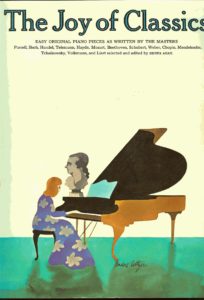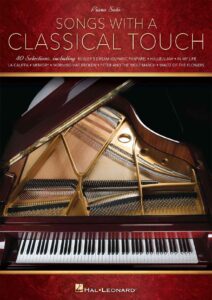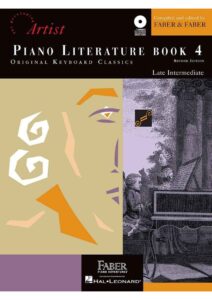Come join us now, and enjoy playing your beloved music and browse through great scores of every level and styles!
Can’t find the songbook you’re looking for? Please, email us at: sheetmusiclibrarypdf@gmail.com We’d like to help you!
Table of Contents
Galuppi, Baldassare Sonata No. 5, C Major with sheet music, Noten, spartiti

Galuppi Baldassare biography
Baldassare Galuppi, a key figure in the history of Italian comic opera, was for some time known only through his mention in Robert Browning’s poem “A Toccata of Galuppi’s.” Galuppi’s father was a barber and violinist who gave his son elementary music lessons. By the age of 16 he had composed an opera, La fede nell’incostanza ossia Gli amici rivali. It was a spectacular failure; the curtain had to be brought down before the audience rioted.
Best Sheet Music download from our Library.
The puzzled young man went to the composer Benedetto Marcello to try to find out why. The mentor took him to task for daring to write an opera before he was ready, and made him promise not to compose anything for three years, but to undertake study with Antonio Lotti, who called Galuppi his best pupil.
Galuppi went to Florence to work as a harpsichord player in the orchestra of Teatro della Pergola in 1726. He returned to Venice and formed a partnership with a writer friend of his from school, G.B. Peschetti. His second attempt at opera, Dorinda (1729), was a major success. For the rest of his life he averaged about two operas per year, and they were played of Italy’s major theaters.
Please, subscribe to our Library.
If you are already a subscriber, please, check our NEW SCORES’ page every month for new sheet music. THANK YOU!
In 1740 the Ospedale dei Mendicanti (which included a conservatory) hired him as music director; he established a superb orchestra and church music for the institution. Meanwhile, Galuppi accepted an offer in 1741 from the Earl of Middlesex to write opera seria for his theater in the Haymarket, London. His first effort was moderately well received, and each successive opera was more popular than the last.

On returning to Italy in 1743 he took note of the cutting-edge Neapolitan innovation, opera buffa, and tried his hand at it. After some initial failures, these comic operas, too, started to catch on. In 1748, he was appointed maestro of the cappella ducale at St. Mark’s cathedral (and in 1762 was promoted to the head position, maestro di cappella, considered the top musical job in Venice).
In 1751 the pressure of these positions led him to give up the position at the Mendicanti. His first comic success was L’Arcadia in Brenta, to a libretto by Carlo Goldoni, with whom Galuppi forged a partnership. Galuppi’s best operas were played widely in Europe, and he was hired to go to Russia as music director of Catherine the Great’s chapel.
There he inaugurated an Italian dominance of Russian operatic life that lasted until Glinka‘s time; in addition, he introduced Western counterpoint into the music of the Russian Orthodox Church. Galuppi returned to Venice in 1768, resumed his duties at St. Mark’s, and became chorus master at the Ospedale degli Incurabili. He phased out theatrical work, writing more keyboard music, sacred works, and oratorios.
Small in stature, he was described by the touring musical scholar Burney as an “agile little cricket” of a man. Burney also considered Galuppi one of the best operatic composers of the age, and the twentieth century’s revival of interest in that era tended to confirm that opinion. His comic operas in particular are built of short, varied vocal phrases, with a strong melodic line and lively rhythms. He was adept at musical characterization and situational thinking.

His orchestration was notable; winds mark important moments, and in finales he allowed the flow of string writing to carry the main melodic material while the voices exchange dialogue realistically. Galuppi’s keyboard music, including over 130 sonatas, shows a bright, idiomatic, and lively style of writing, and establishes him as a major Italian composer for harpsichord and piano after Domenico Scarlatti.
Browse in the Library:
Or browse in the categories menus & download the Library Catalog PDF:
